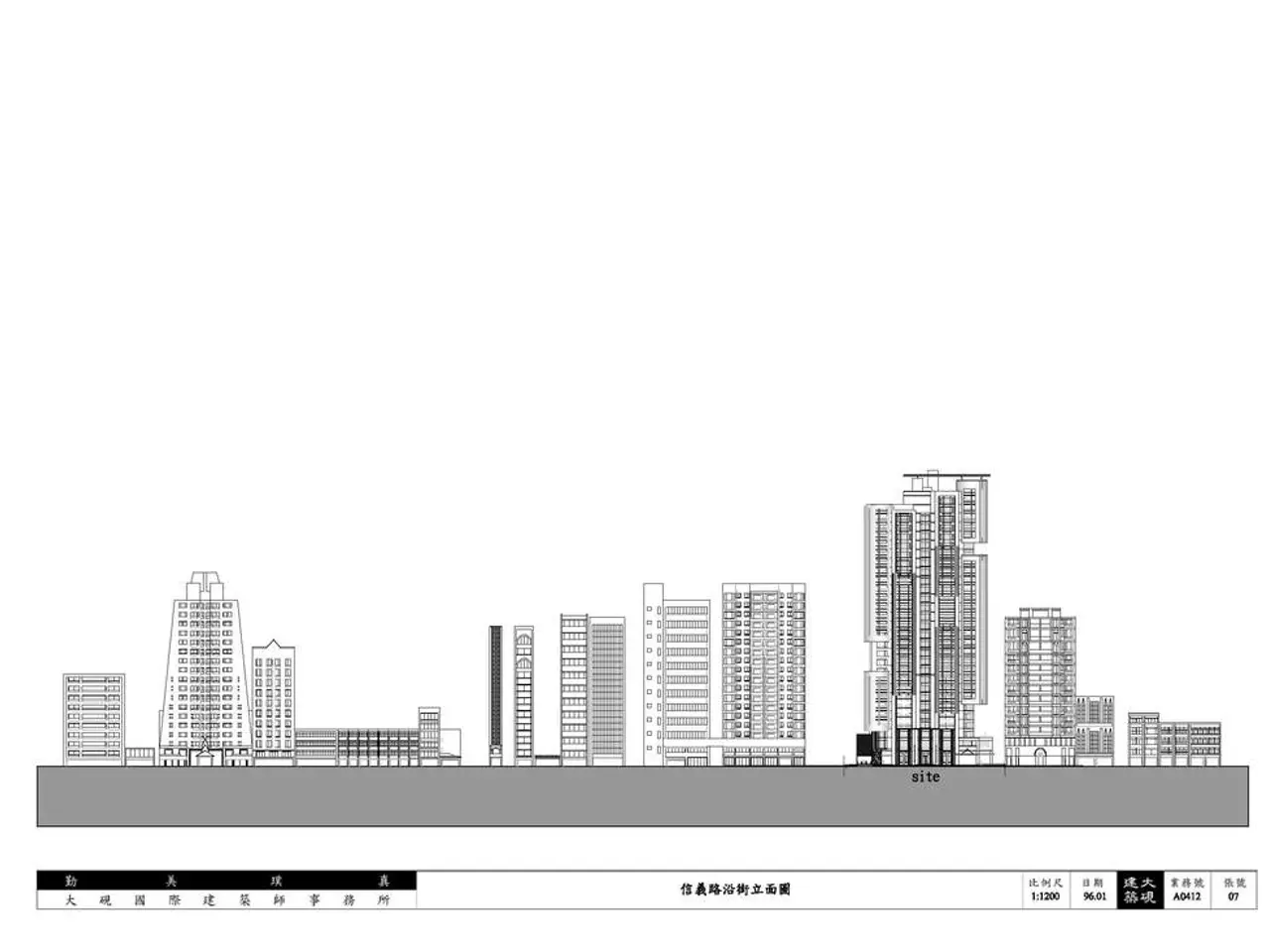Local authorities in Rhine-Kreis Neuss utilize drone technology and 3D models for various purposes.
In the heart of Germany, the Rhein-Kreis Neuss district is pioneering a forward-looking approach to digital planning, construction, and building maintenance. This innovative strategy, known as Building Information Modelling (BIM), is being combined with drone technology to revolutionise the way infrastructure is managed.
The district's commitment to this digital transformation is evident. By creating detailed, data-rich digital models of building projects, BIM improves coordination and planning efficiency. Drones, on the other hand, capture high-resolution aerial images and inspections, reducing the need for manual site surveys and enabling quicker detection of issues during construction or maintenance.
The benefits of this approach are significant. Cost reductions are achieved by minimising errors, avoiding rework, and optimising resource allocation. Efficiency is improved through streamlined workflows and better collaboration among stakeholders. Public safety benefits from more accurate oversight and timely intervention in infrastructure maintenance.
Although specific details on Rhein-Kreis Neuss's BIM and drone deployment were not directly found in the search results, the general benefits of these technologies in digital construction management are well-documented. Given the district's active role in regional innovation, as seen with other technological projects like hydrogen refuelling infrastructure, this shift towards digitalisation aligns with modern public-sector trends.
The district's Surveying and Mapping Office and the Building Economy Office will cooperate in this endeavour. Christoph Kany, head of the Geodata Management and Surveying department, is responsible for digital building exterior models captured by drones and digital building interior models created by the NavVIS measuring device. Michael Fielenbach, head of the Surveying and Mapping Office, supplements classical surveying methods with high-tech drones.
The images captured by drones are converted into detailed 3D models using special software and enhanced with photorealistic textures. These models are then accessible to citizens on the internet as digital twins, providing a valuable resource for understanding and engaging with the district's infrastructure. The detailed interior data remains with the specialist department.
Department Head Harald Vieten advocates for this digital approach, emphasising the combination of precision and efficiency it offers. This forward-looking strategy is intended to benefit citizens, the economy, and public safety, ultimately leading to the creation of a modern, digital administration. The district is the focus of this innovative approach, positioning itself at the forefront of digital construction management.
Smart-home devices and gadgets could potentially benefit from this forward-thinking approach in digital construction management, as they may incorporate data-and-cloud-computing technology to learn from the implementation of BIM and drone technology in infrastructure development. Meanwhile, the data generated by these digital twins in Rhein-Kreis Neuss could be used to further advance data-and-cloud-computing research and development in other sectors, reflecting the broader impact of this innovation beyond construction and infrastructure.




